By Louise Irvine
Red is the color of love, as well as danger and sin. Red has also been a symbol of wealth and status. In Chinese culture, red represents joy, luck, and happiness. Red-glazed porcelain was created for sacrificial use during the Ming Dynasty when Imperial rituals required a fiery red color for worshipping at the altar of the sun. See how British potters have been inspired by these auspicious Chinese glazes in this red-hot exhibition at WMODA.
Fabulous Flambé
The copper-red Ming glaze was revered for its rare beauty and revived by Chinese potters during the Qing Dynasty (1636-1912). The oxblood color glaze became known in the West as Sang de Boeuf and flambé after the French for flames. Several European potters experimented to rediscover the art of Chinese glazes in the late 19th century. By trial and error, they found that copper will produce an intense red color if the kiln is starved of oxygen during a high-temperature firing process. However, it was very difficult to control the coal-fired kilns and creating a reduction atmosphere with combustible materials was always unpredictable.
Pioneering Potters
Bernard Moore was one of the first British potters to perfect high-fired reduction glazes, and his expertise helped Royal Doulton chemists to achieve a consistently reliable rouge flambé glaze. They launched the new glaze effect to great acclaim at the St. Louis World’s Fair in 1904 where they were awarded a Grand Prize. The Ruskin Pottery in Birmingham also won a Grand Prize at St. Louis for their new streaked and clouded flambé glaze effects. Edward Richard Taylor established his pottery in 1898 with his son, William Howson, and they named it in honor of John Ruskin, the father of the Arts and Crafts Movement. Just before he died in 1935, Howson destroyed all his glaze recipes so that no one could copy his unique effects.
Sensational Sung
Charles J. Noke, Royal Doulton’s Art Director, also kept his flambé recipes a closely guarded secret. Apparently, Noke shared some of the details with King George V during his 1913 visit to the factory but he was certain his secret was in safe hands. Noke’s experiments continued in the 1920s with Royal Doulton chemists adding compounds of tin or iron to create flashes of yellow, blue, and purple on their spectacular Sung glazes. Leading artists painted exotic scenes, including fiery dragons and peacocks soaring in blazing skies. Noke conjured up the image of an ancient alchemist who appeared on the covers of the promotional catalogs for Sung and Chang wares. The dramatic Chang glaze is reminiscent of an erupting volcano with lava-like glazes creeping over the surface of vases and bowls.
Magical Moorcroft
William Moorcroft built a special flambé kiln at his Cobridge factory in 1921 and personally controlled the kiln firings through the vital transmutation process. He was fascinated by all the surprising effects of red, yellow, and brown glazes which he overlaid on established patterns of fruit and flowers. However, the reduction firing process was very time-consuming and was eventually discontinued by William’s son, Walter Moorcroft.
Phoenix Rising
Over the years, Royal Doulton adapted their flambé production techniques for new firing methods, including gas kilns. A limited flambé range was made until the 1990s when their design team decided to revive this ancient glaze effect for the new Millennium collection. The Nien Ying Phoenix rising from the flames symbolized this resurrection. Timothy Potts sculpted the four elements of Earth, Air, Fire, and Water for the flambé glaze but they remained as prototypes which can be seen at WMODA. A series of Chinese zodiac animals was launched as part of the Millennium collection but only nine of the annual figures had been introduced before production of Royal Doulton flambé wares finally ended in 2009.
Read more about flambé glazes at WMODA…
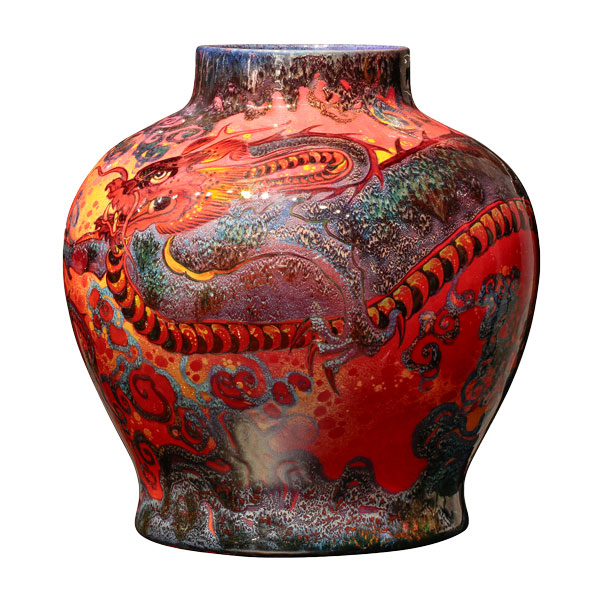
Royal Doulton Sung Dragon Vase
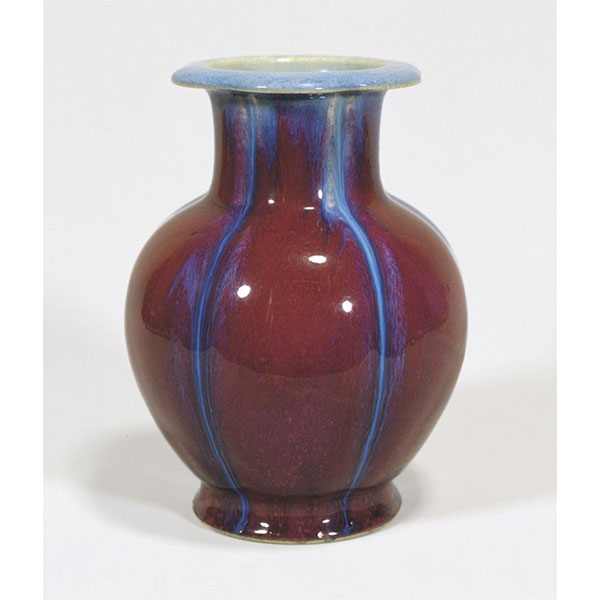
Chinese Qing Dynasty Vase
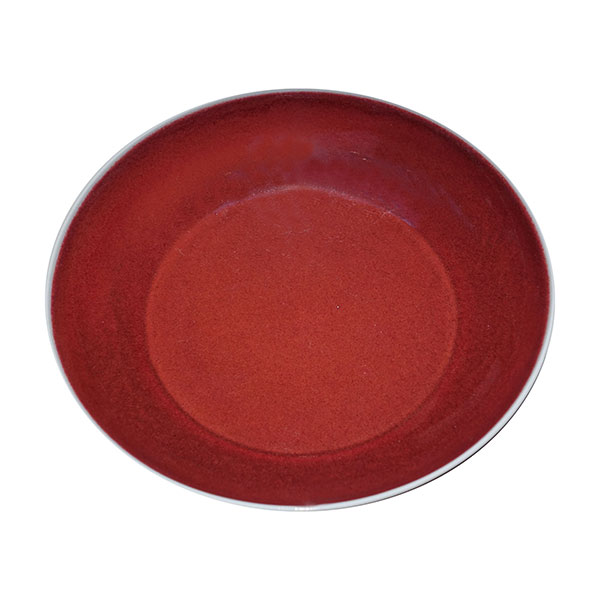
Chinese Ming Dynasty Copper Red Glaze
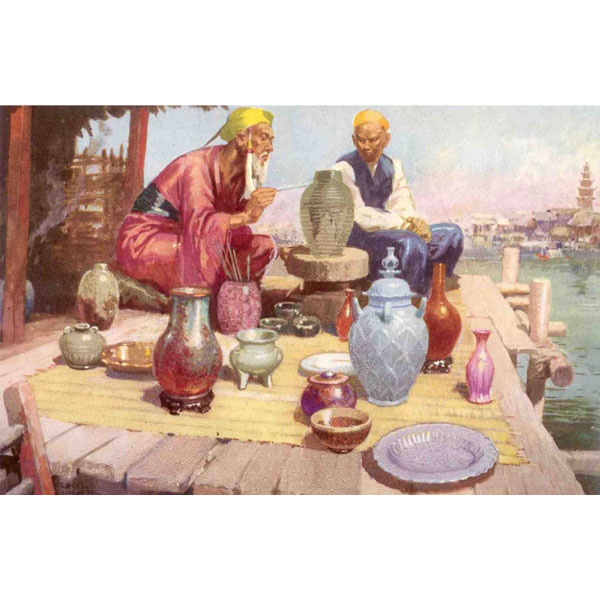
Sung Potters G. Nicoll
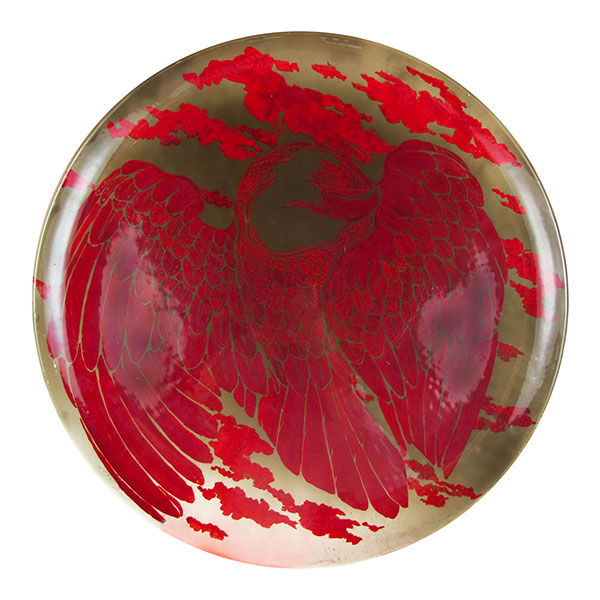
Bernard Moore Bird Plaque
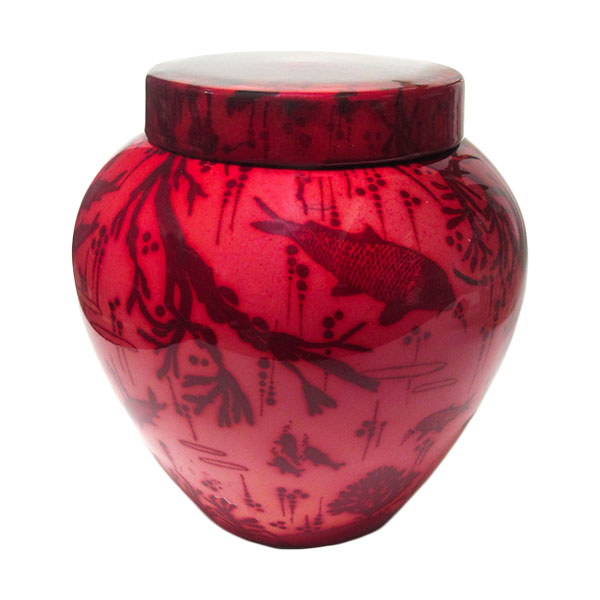
Bernard Moore Fish Jar
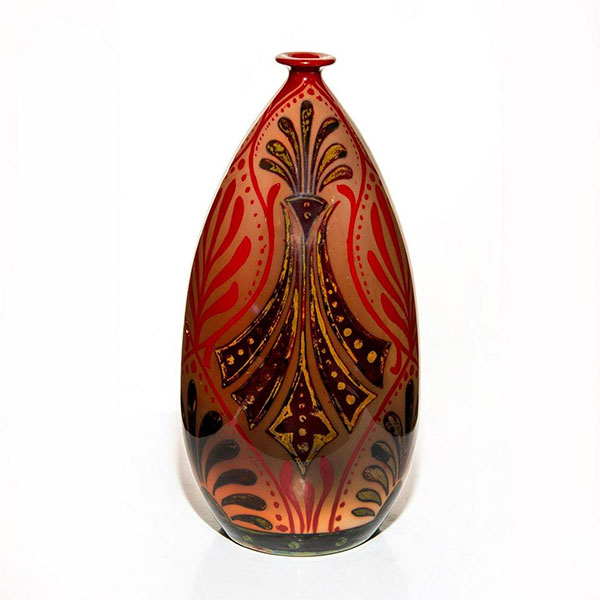
Bernard Moore Art Nouveau Vase
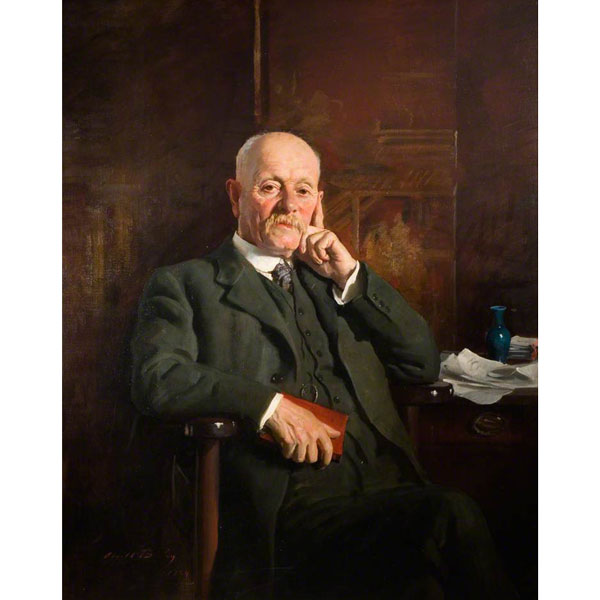
Bernard Moore
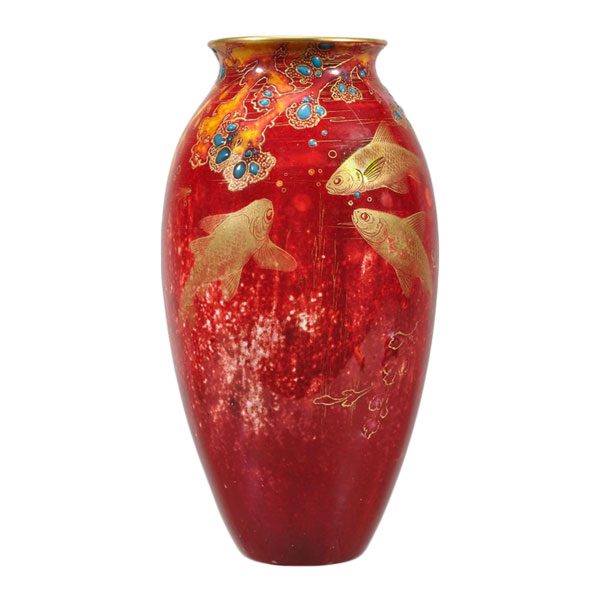
Royal Doulton Flambe Fish Vase
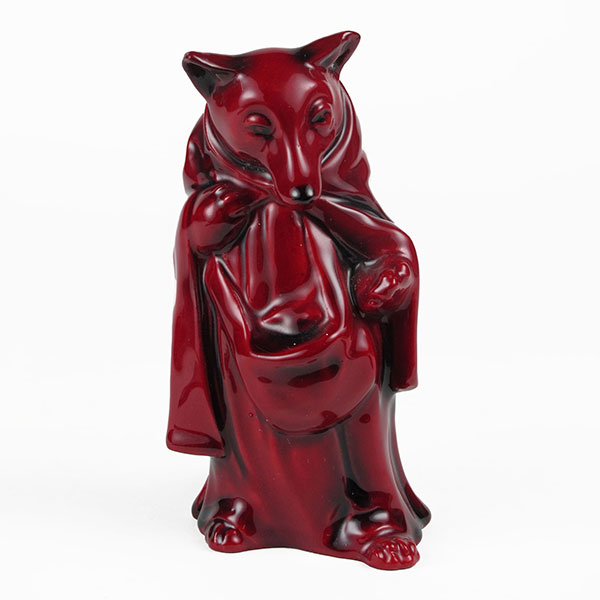
Royal Doulton Flambe Pedlar Wolf
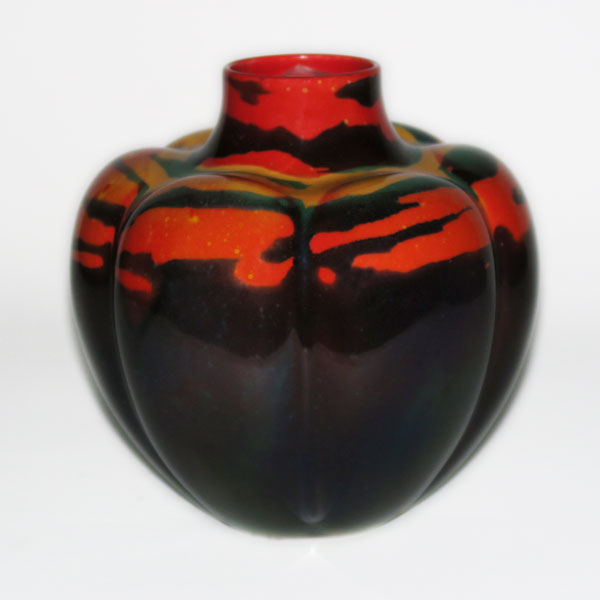
Royal Doulton Flambe Pumpkin Vase
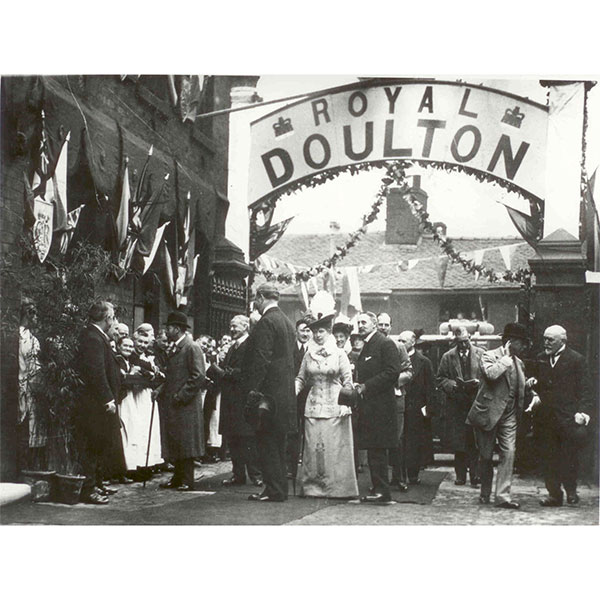
King George V and Queen Mary Visiting Royal Doulton

St Louis Grand Prix Medal
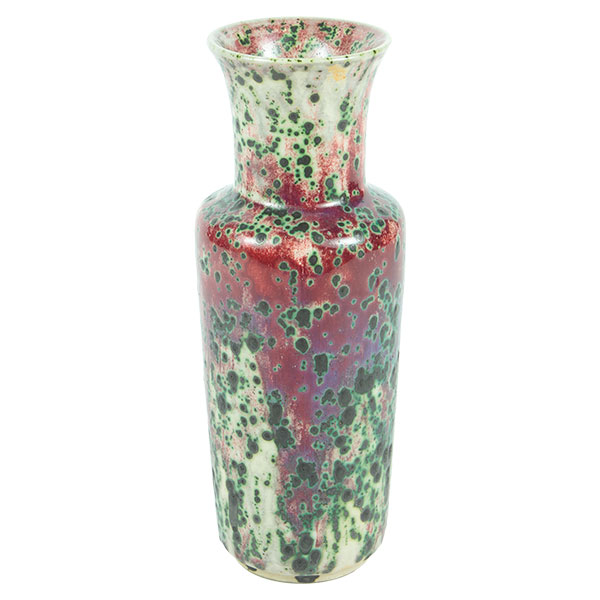
Ruskin Transmutation Glaze Vase
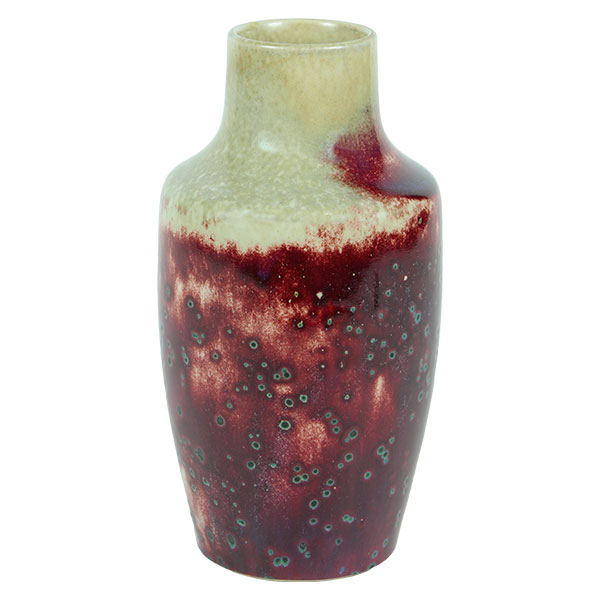
Ruskin Transmutation Glaze Vase
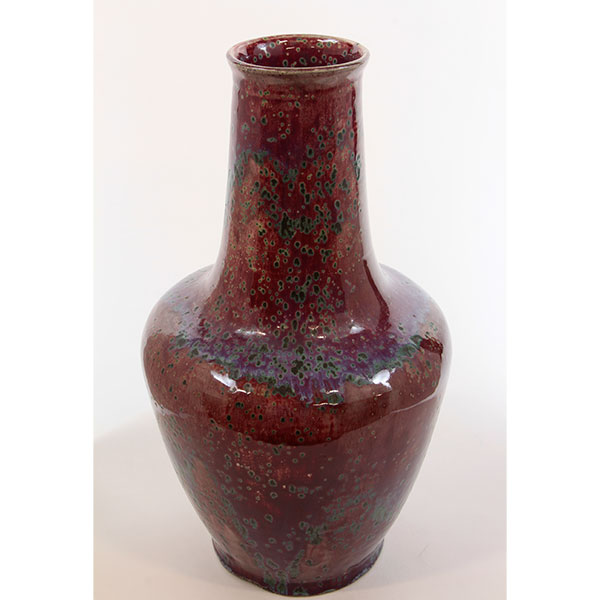
Ruskin Sang de Boeuf Vase
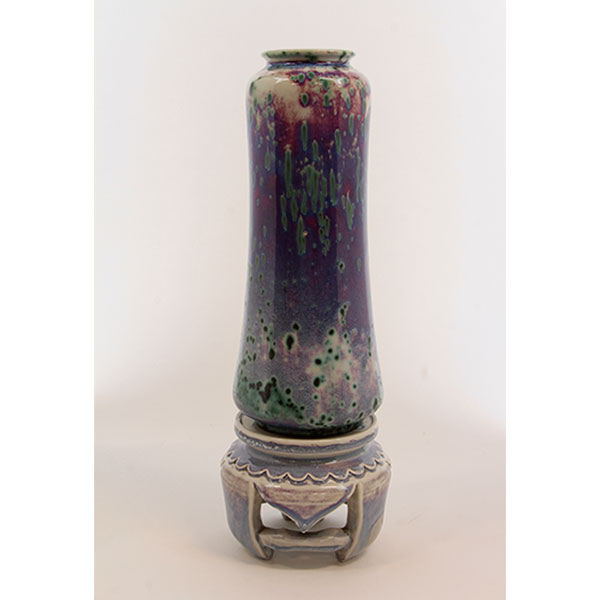
Ruskin Transmutation Glaze Vase
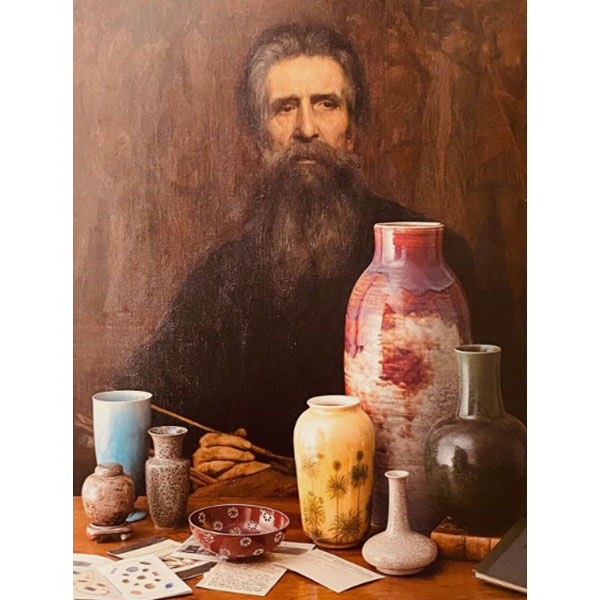
Edward Richard Taylor
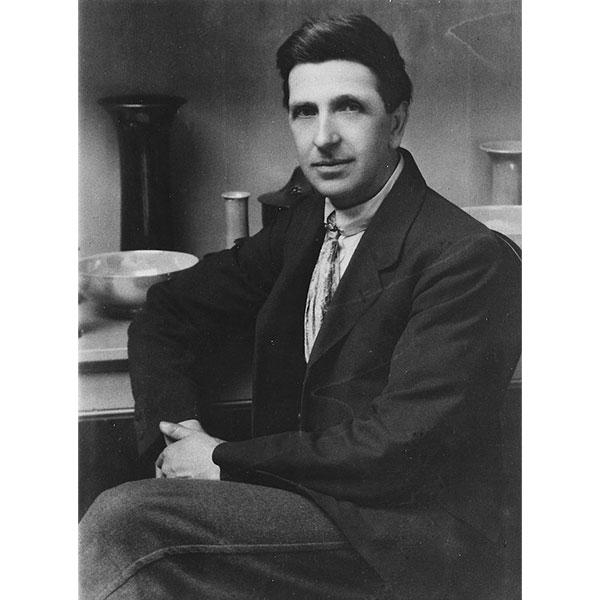
William Howson Taylor
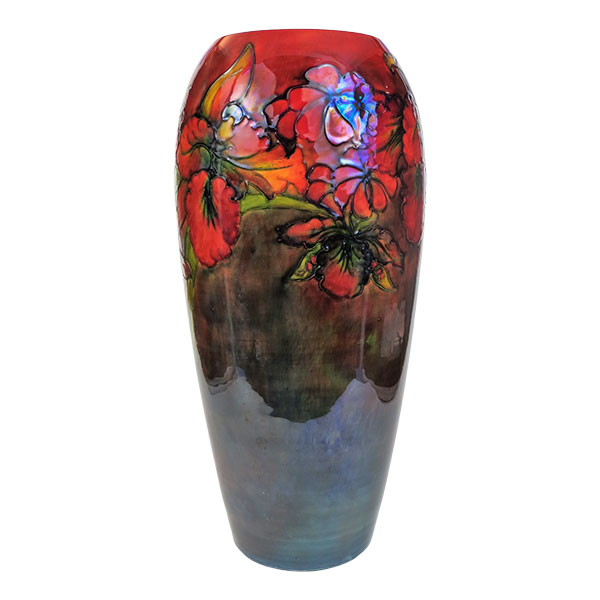
Moorcroft Flambe Orchid Vase
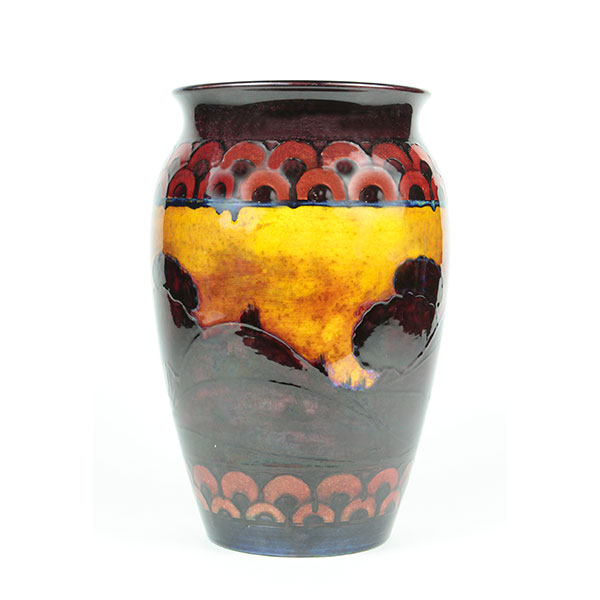
Moorcroft Flambe Landscape Vase
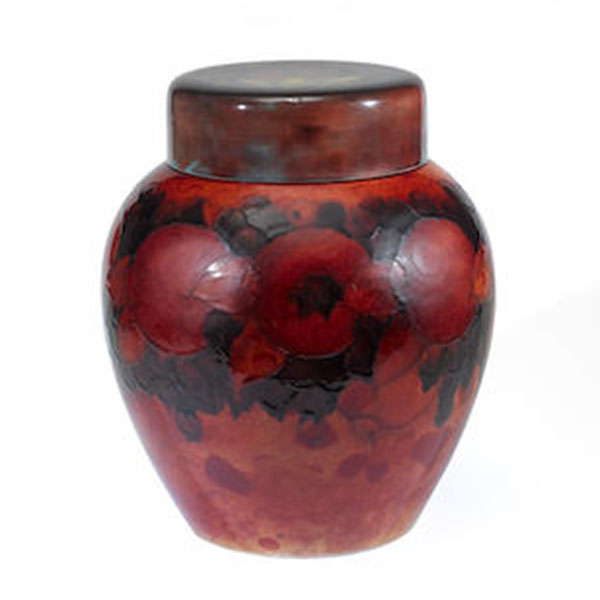
Moorcroft Pomegranate Ginger Jar
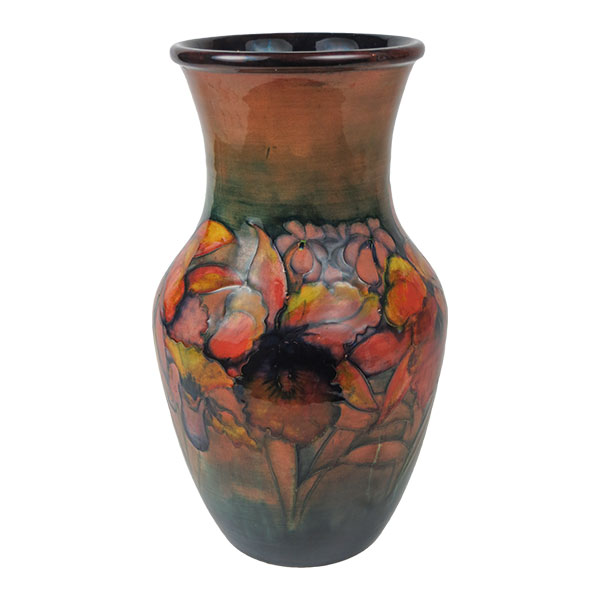
Moorcroft Flambe Orchid Vase
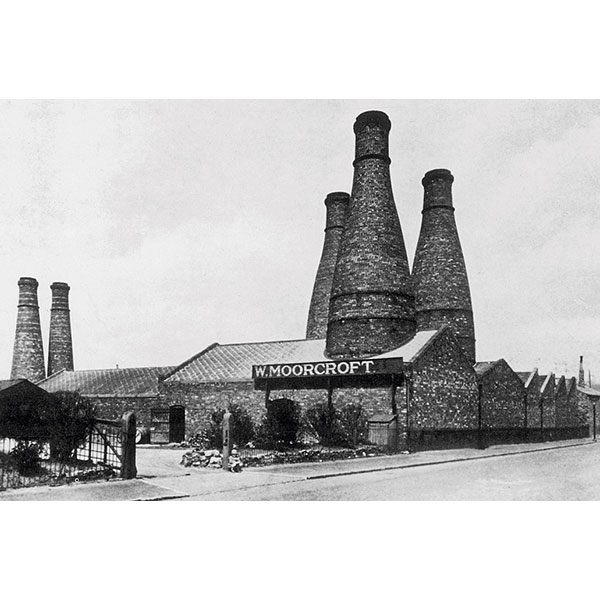
Moorcroft Factory
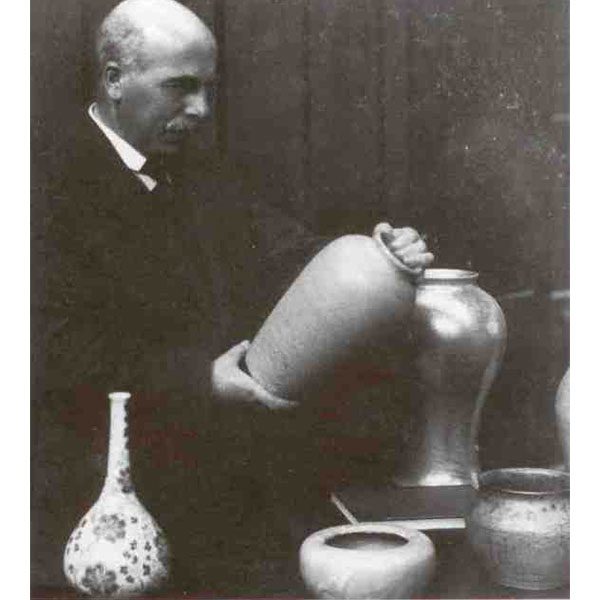
William Moorcroft
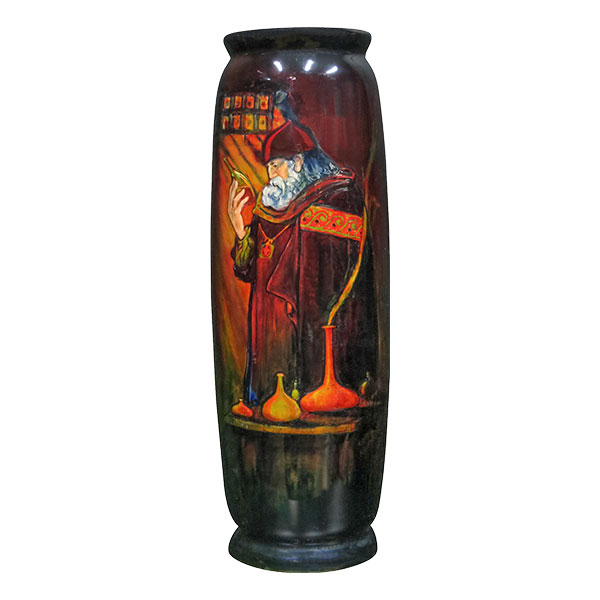
Royal Doulton Sung Alchemist Vase
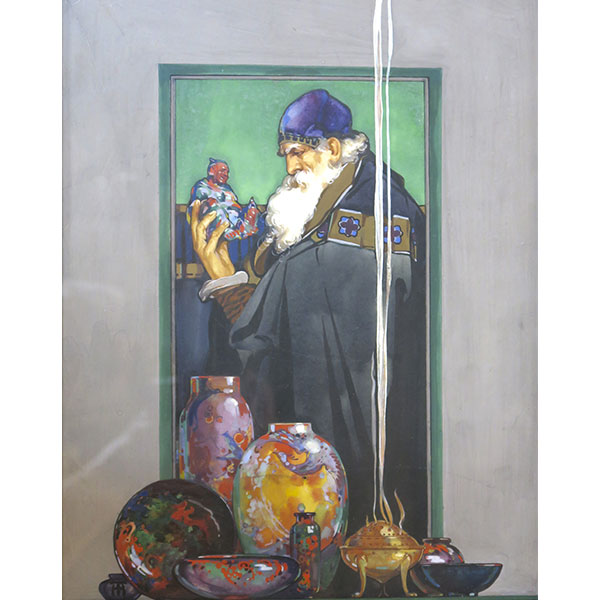
Alchemist Watercolor H. Tittensor
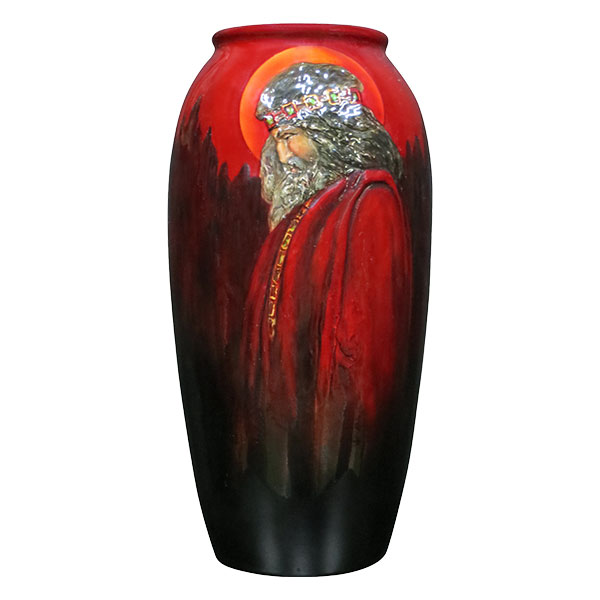
Royal Doulton Sung Jesus Vase
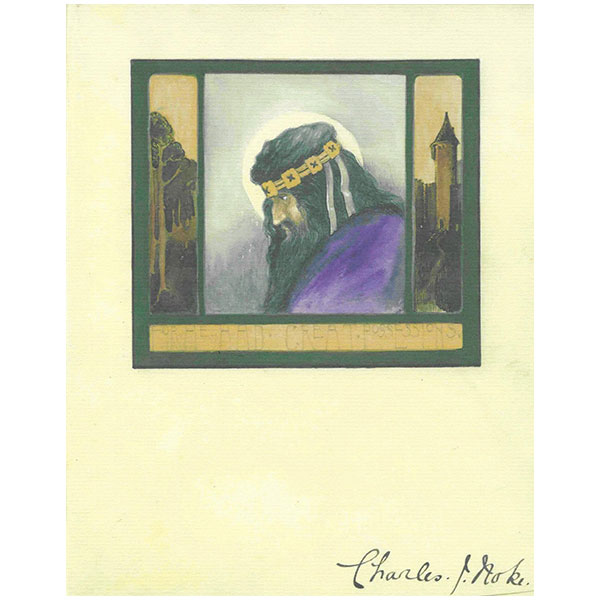
Jesus Watercolor C. J. Noke
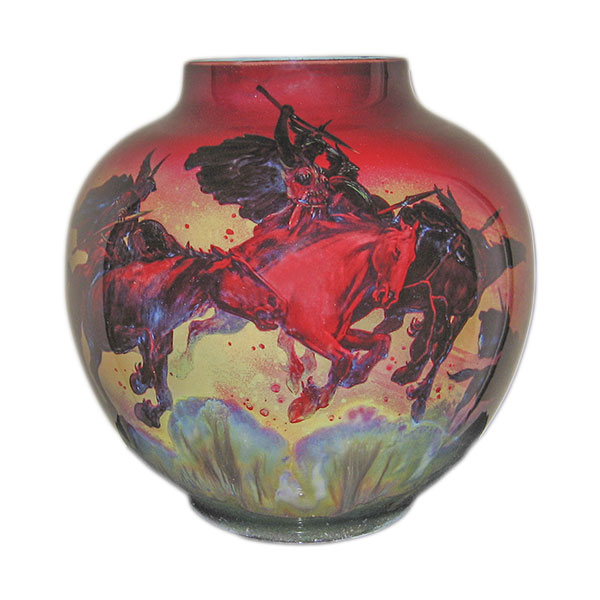
Royal Doulton Valkyries Vase
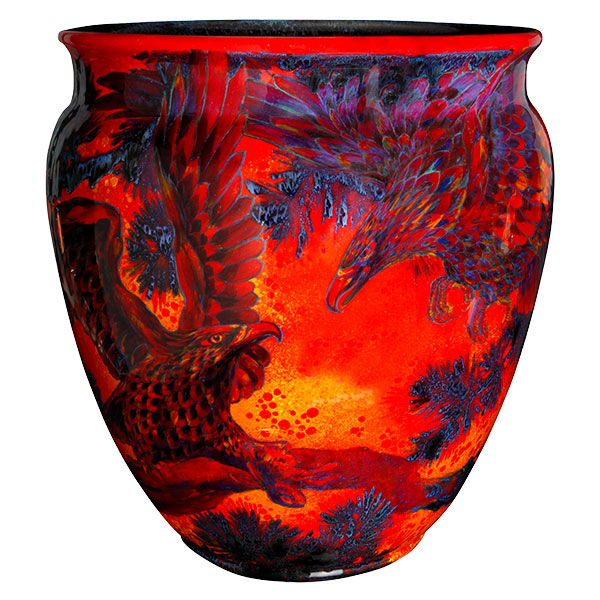
Royal Doulton Sung Eagles Vase
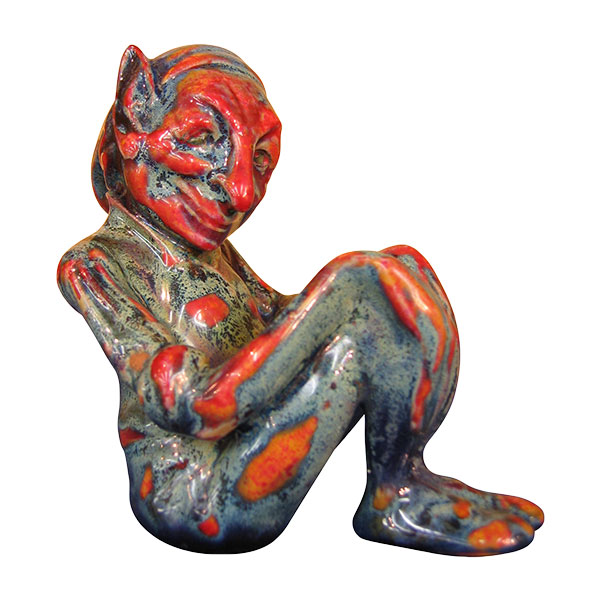
Royal Doulton Sung Gnome C. J. Noke
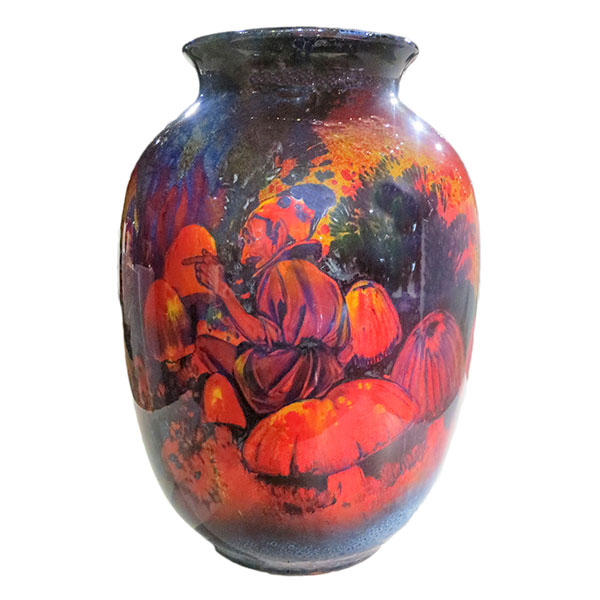
Royal Doulton Sung Gnomes Vase
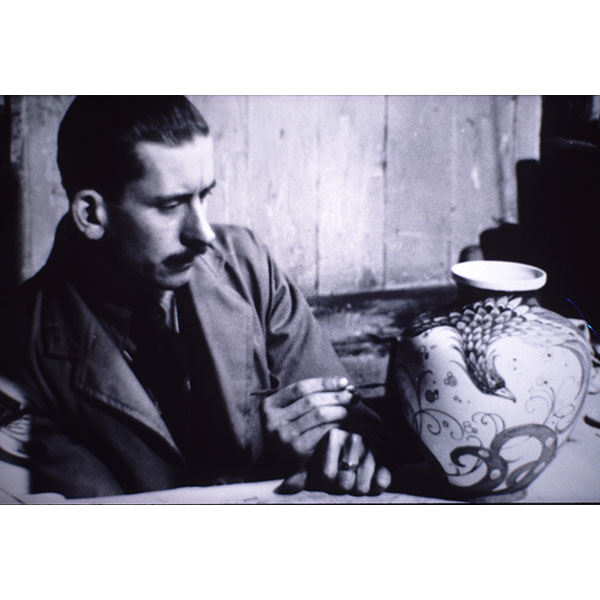
Fred Moore Painting Sung
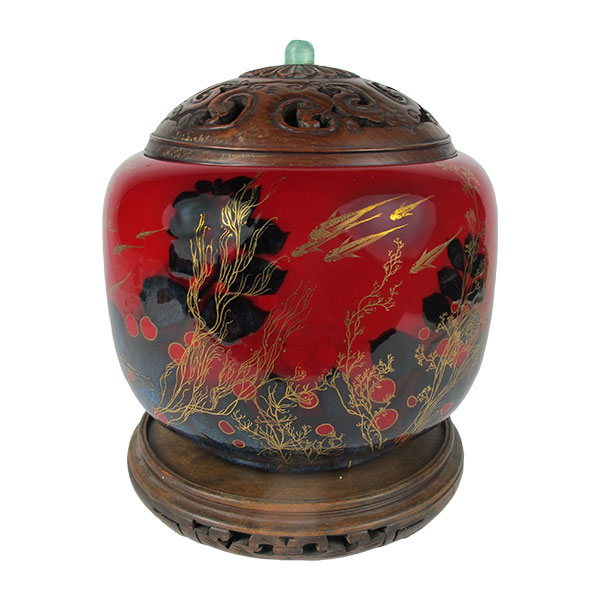
Royal Doulton Sung Fish Jar
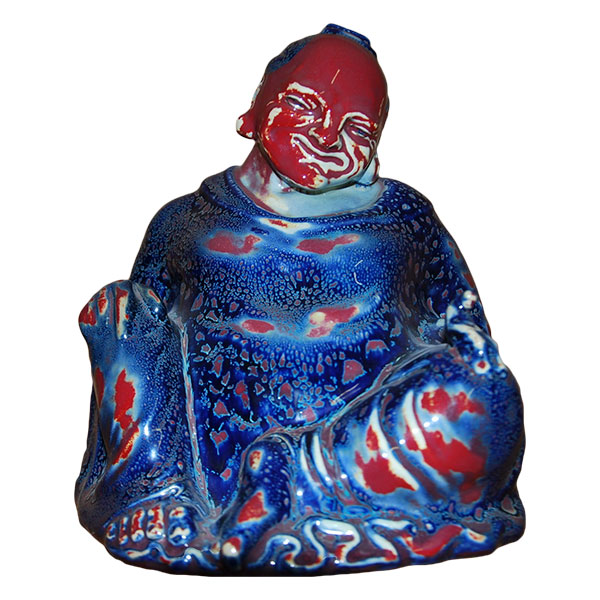
Royal Doulton Smiling Buddha C. J. Noke
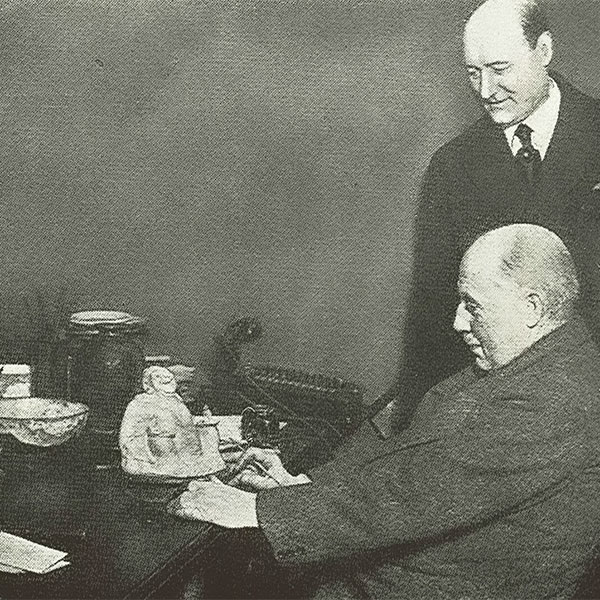
Charles J. Noke Laughing Buddha
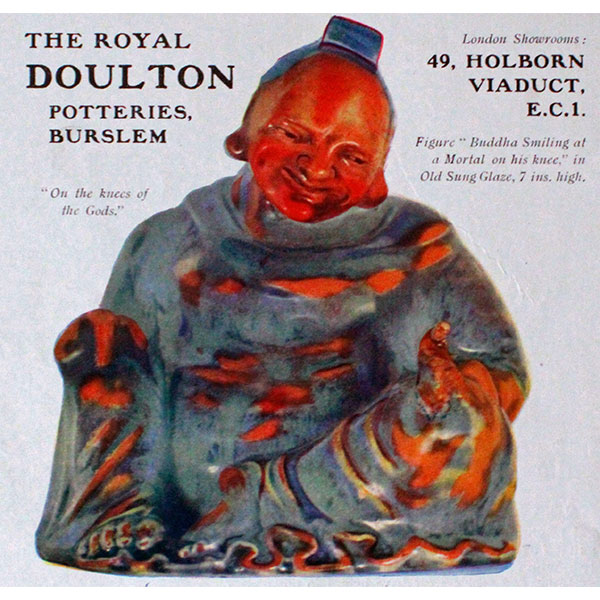
Royal Doulton Sung Advert
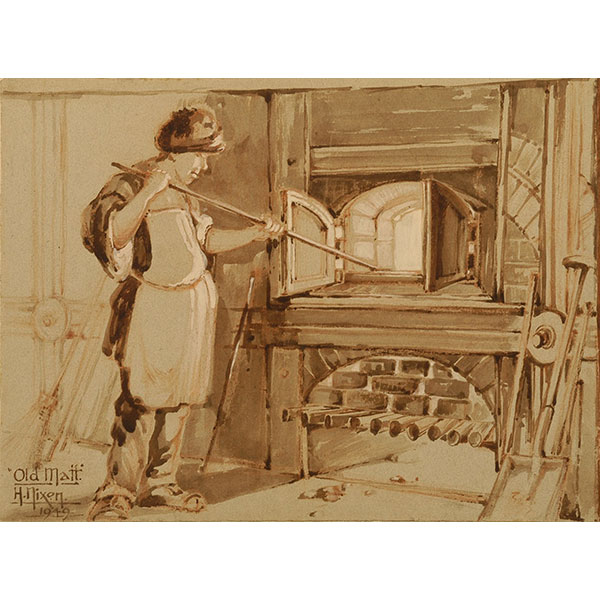
Old Matt Stoking Kiln H. Nixon
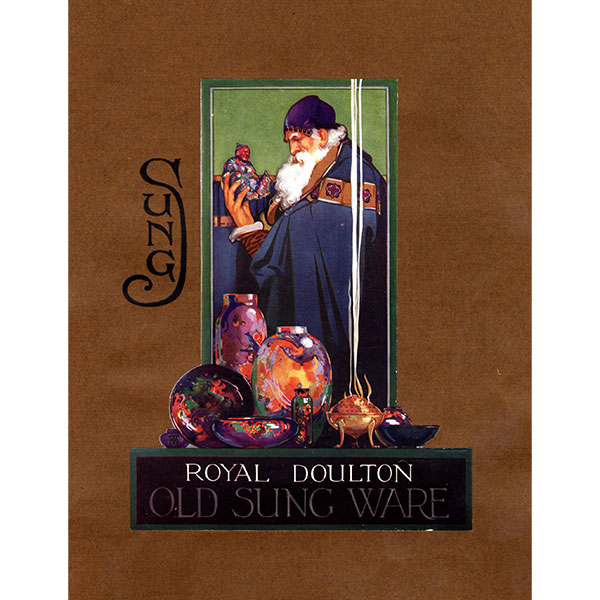
Royal Doulton Sung Catalog
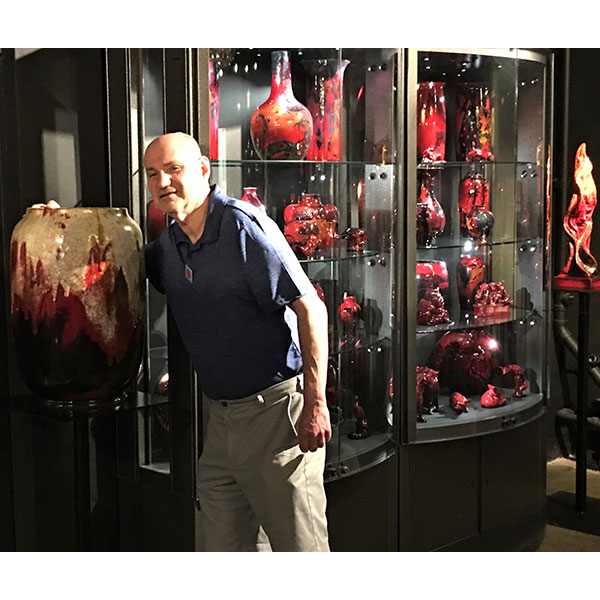
Arthur Wiener with Chang Vase
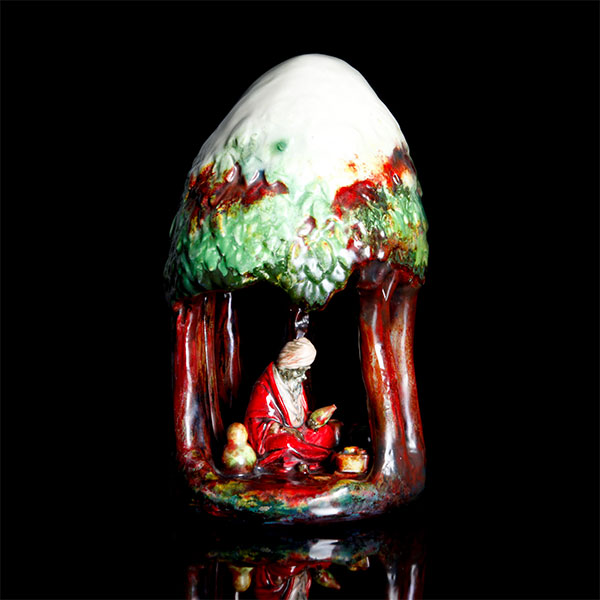
Royal Doulton Chang Potter Lamp
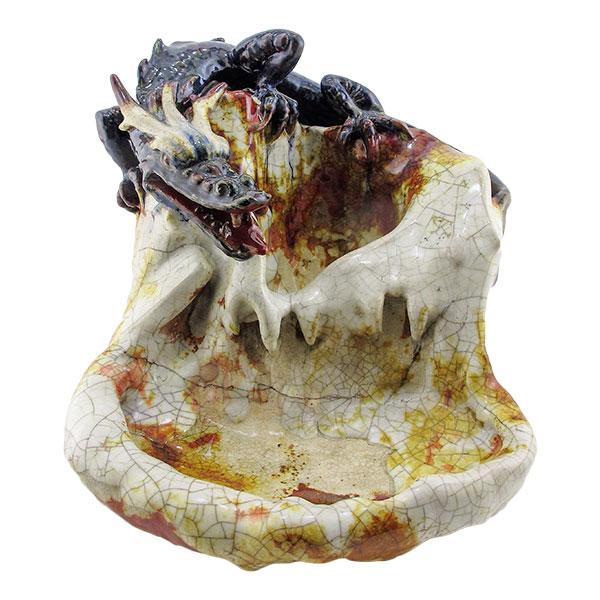
Chang Dragon Sculpture
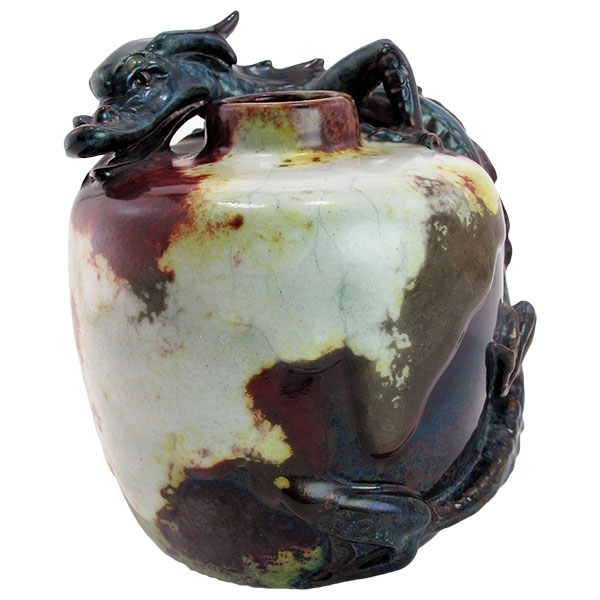
Royal Doulton Chang Dragon Vase
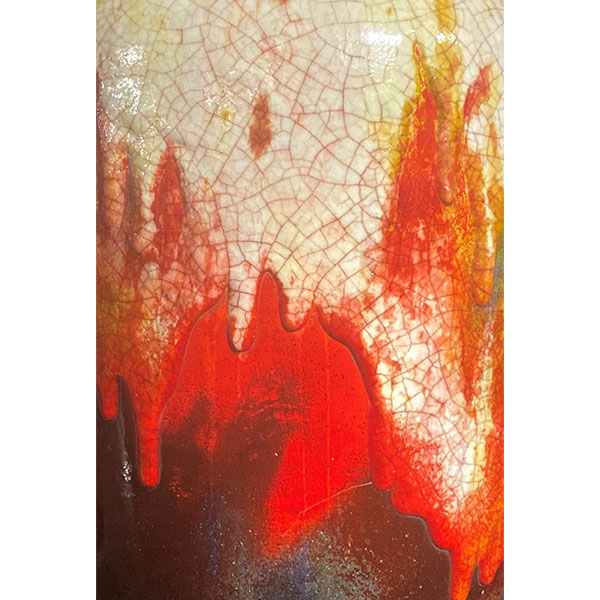
Chang Detail
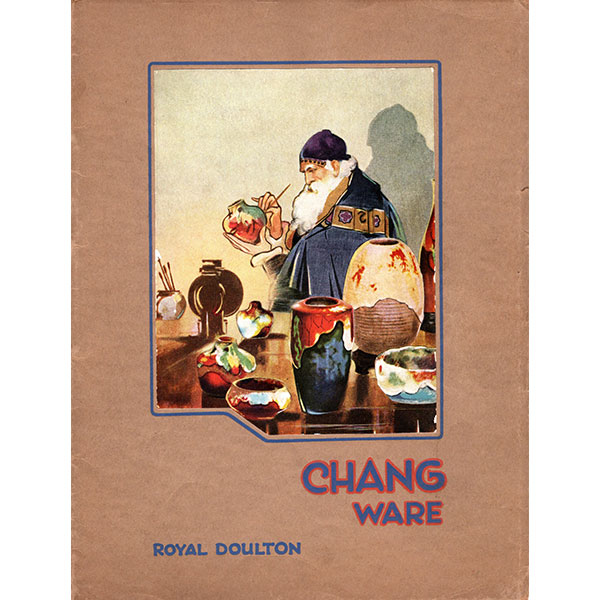
Royal Doulton Chang Catalog
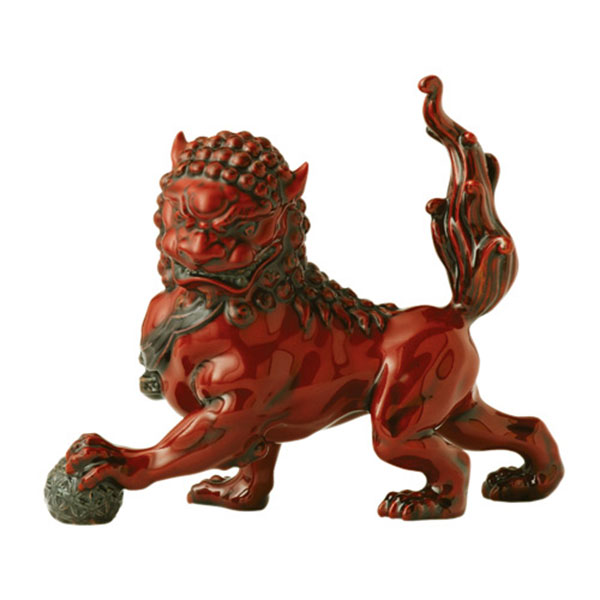
Royal Doulton Year of the Dog
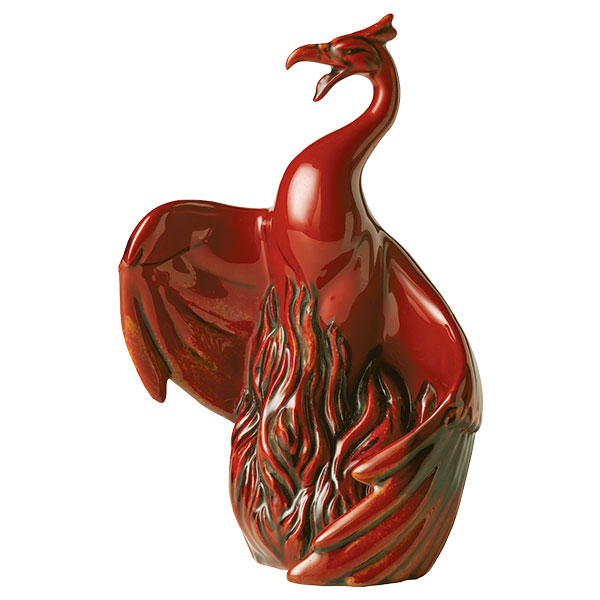
Royal Doulton Nien Yen Phoenix
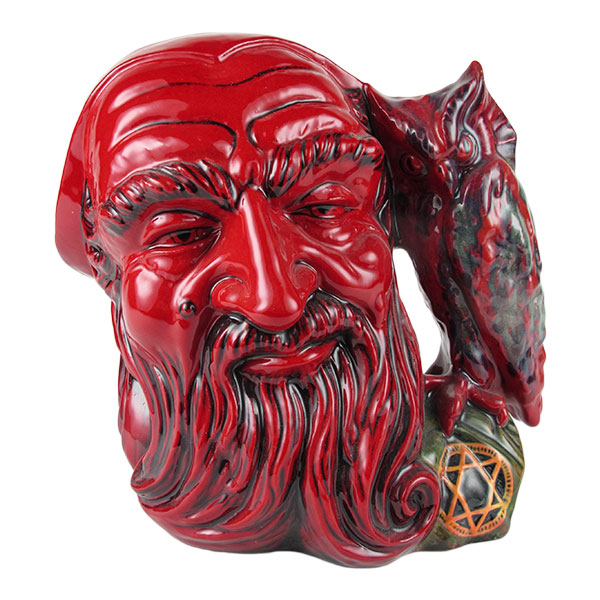
Royal Doulton Merlin Flambe Prototype
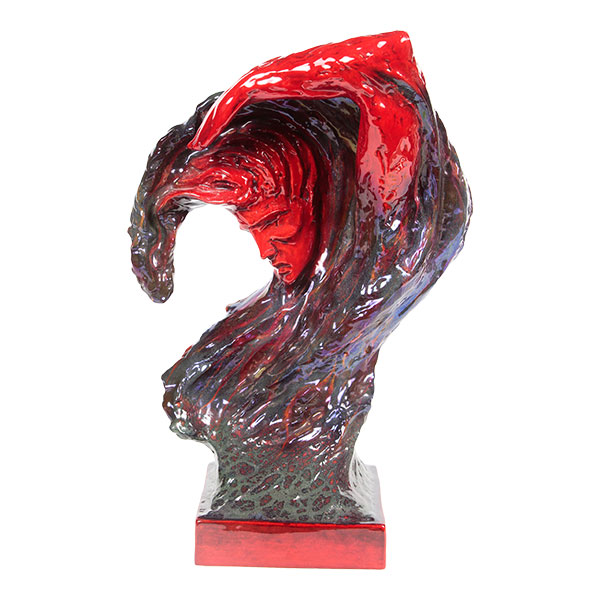
Royal Doulton Water Prototype T. Potts
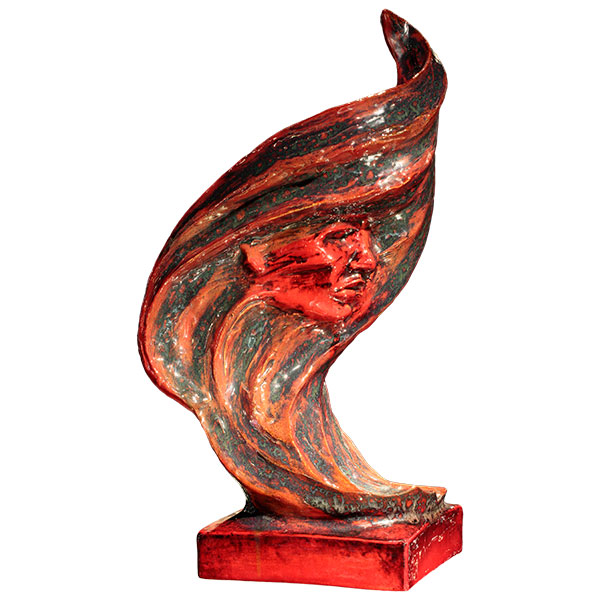
Royal Doulton Wind Prototype T. Potts
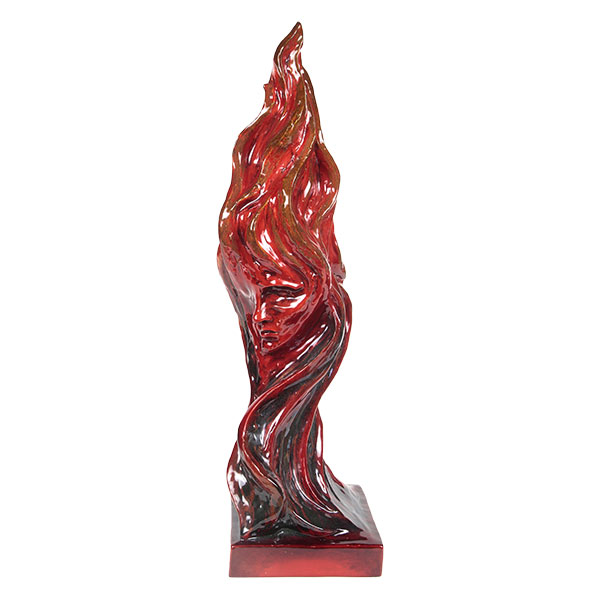
Royal Doulton Fire Prototype T. Potts
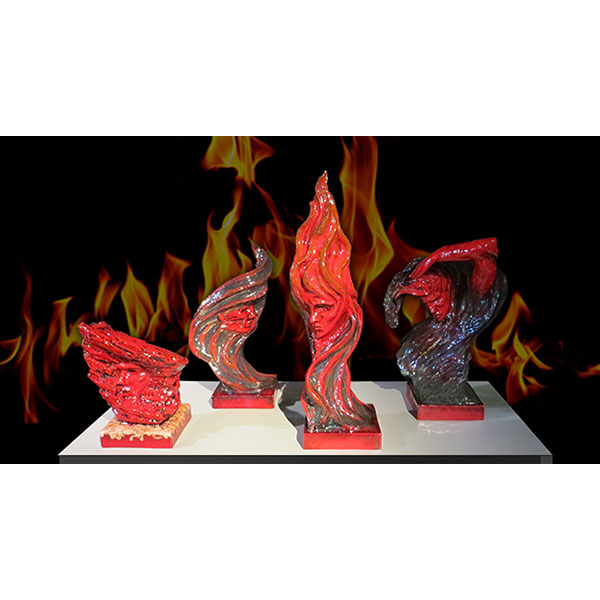
Royal Doulton Flambe Elements T. Potts
